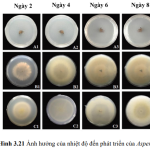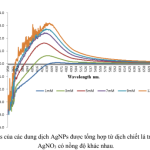Người thực hiện: Nguyễn Trường Thanh Hải
A growing interest in employing meditation as a regular practice for improving mental heathy has motivated several studies to investigate the neural mechanism underlying the dynamics of the brain network [11]. In this pilot study, we initially validated our method by performing independent comparisons of DMN, SN, and CEN between an expert
meditation (EM) and health volunteers (HV). First, by contrasting the DMN in EM faced to the HV, we observed increased connectivity within both middle frontal gyri and a reduction of connectivity within precuneus.
Our findings reproduce and corroborate with prior studies [19], [20]. More specifically, Garrison et al observed that connectivity in the precuneus was even more reduced during mediation task than in other cognitive conditions, and in the Crewell’s et al. study, increased connectivity in the pre-frontal cortex explained about 30% of the variability of circulant interleukin, a blood marker for neuroinflammation that was claimed to be associated with the health benefits. Although the present study did not investigate meditation in HV nor analyzed blood samples, our neuroimaging outcomes fit those studies.
Similar validation was established for the SN with respect to recent study [21]. Van der Gucht’s et al investigated the effect of mindfulness therapy in patients with breast cancer. Besides finding a positive correlation between the SN and practitioners of mediation, they also reported an improvement in patients’ quality of life. In our study, we also
observed increased connectivity in insula bilaterally, a brain region that plays a key role in pain modulation. Thus, we speculate that pain mitigation might be an important factor supporting the patient’s quality of life improvements and also a key element for effective meditation. Finally, the previous studies have associated an increased CEN with the regular practice of meditation [9]. However, our findings identified a hemispherical dominance at the right except for contralateral connectivity increased on the left cerebellum.
 1900 2039
1900 2039 khcn@ntt.edu.vn
khcn@ntt.edu.vn





